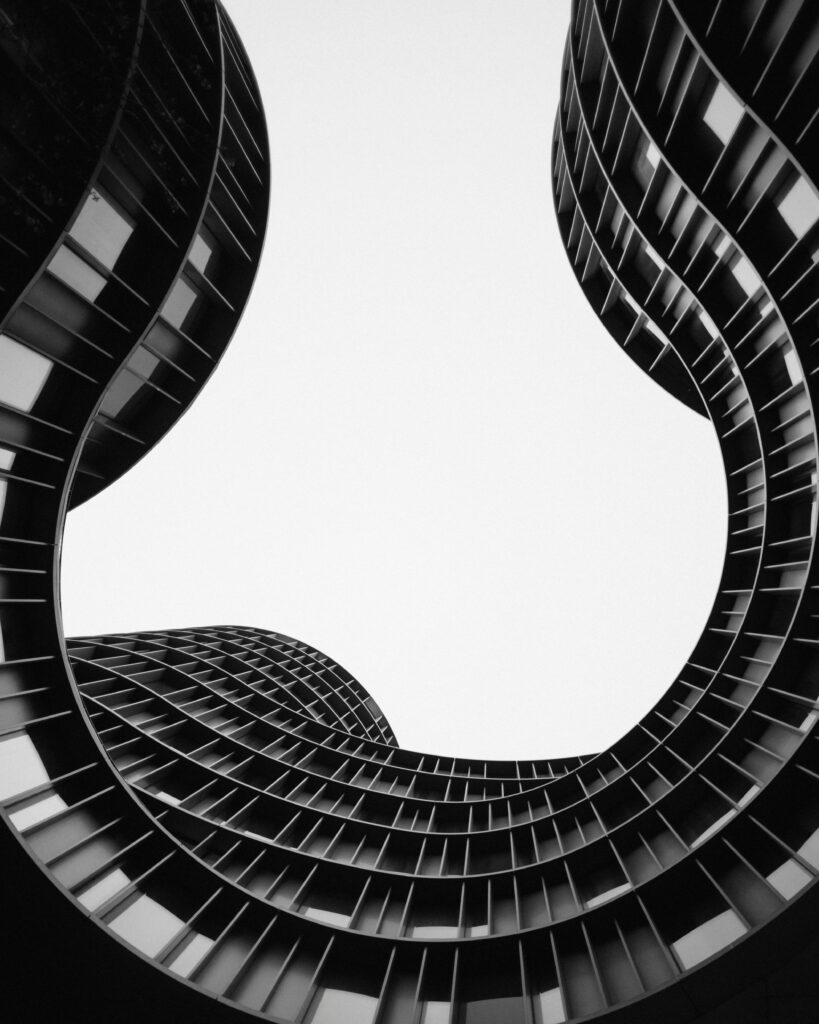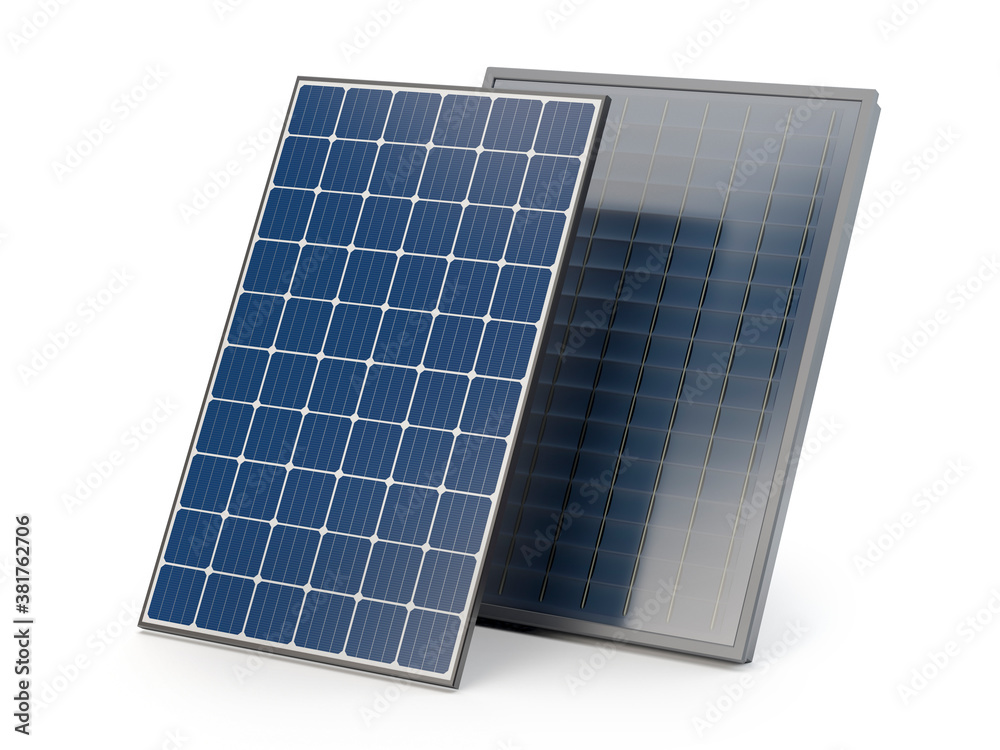Researchers at ETH Zurich have created an innovative building material that enhances indoor air quality by managing moisture levels. Introduced in January 2025, these components are made from mineral waste and designed for high-traffic indoor areas.
ETH Zurich’s civil engineers and architects have developed a sustainable building component that passively controls humidity. Utilizing waste materials from marble quarries, this component is produced through 3D printing and can potentially replace energy-intensive mechanical ventilation systems. The component absorbs humidity and releases it when the environment is ventilated, making it ideal for spaces like offices and museums where existing ventilation systems may not suffice.
The building material is produced using a geopolymer binder, which is both environmentally friendly and effective in binding the marble powder. Unlike conventional cement, this binder emits significantly less CO2. The material’s production process, known as binder jet printing, allows for efficient manufacturing of components with varied shapes.
The hygroscopic building components demonstrate a potential to reduce greenhouse gas emissions over a 30-year lifecycle compared to traditional ventilation systems. Simulations suggest that using these components can lower discomfort caused by humidity in indoor spaces by up to 85%.
This development is part of a larger trend towards sustainable construction, driven by the need to reduce carbon footprints in building operations. Experts, including Professor Guillaume Habert, emphasize the importance of such innovations in achieving climate targets like Switzerland’s net-zero goal by 2050.
The success of this research could lead to scalable industrial production, potentially revolutionizing moisture control in buildings. As ETH Zurich collaborates with international partners to further lower greenhouse emissions, the future of eco-friendly construction looks promising.
Article Source: Sustainable building components create a good indoor climate | ETH Zurich
Image Credit: Photo by Joakim Nådell on Unsplash












